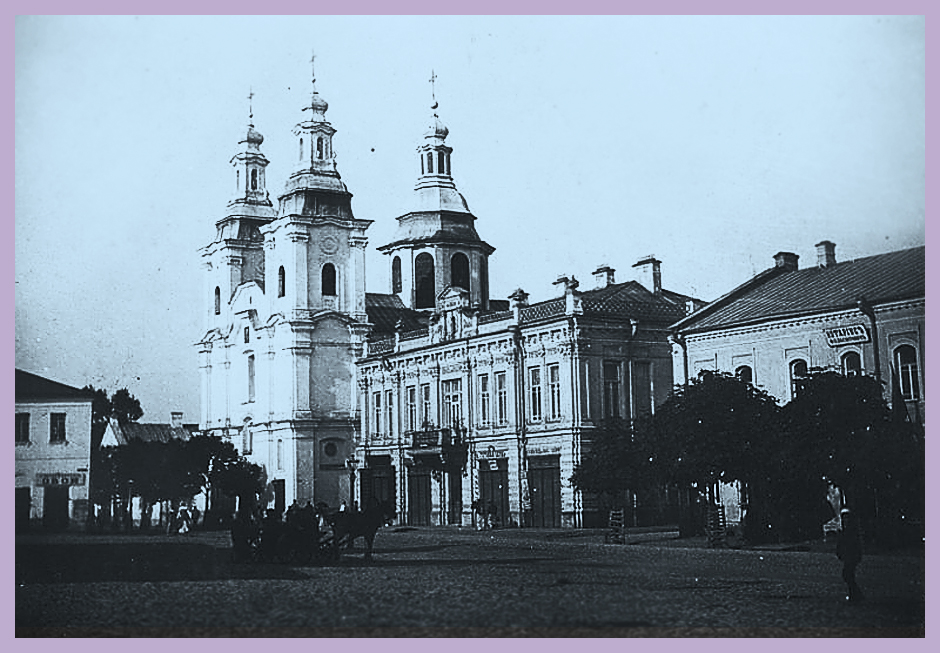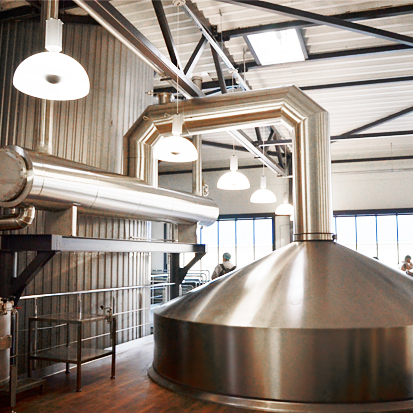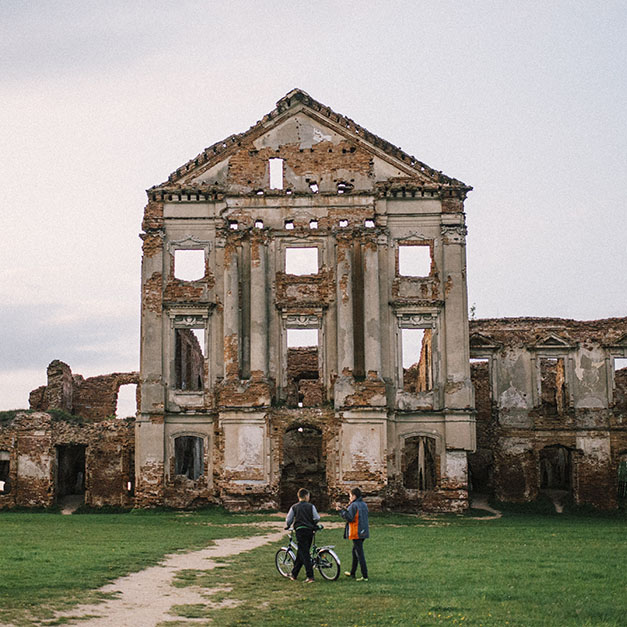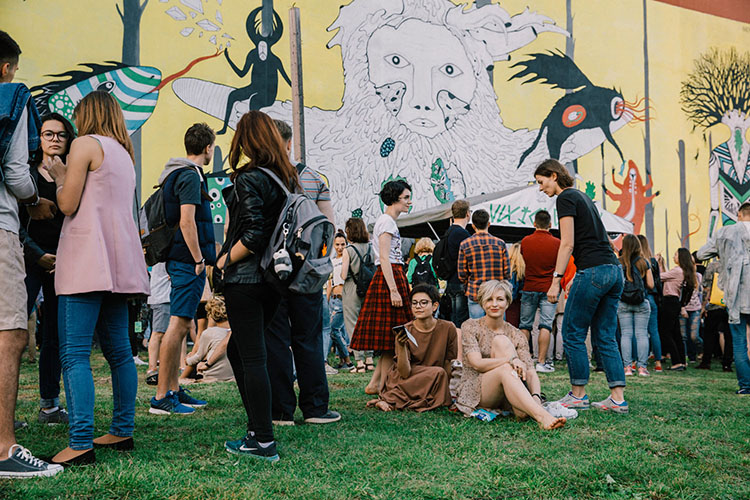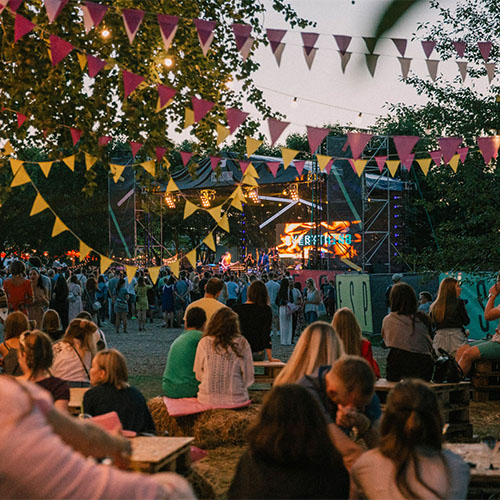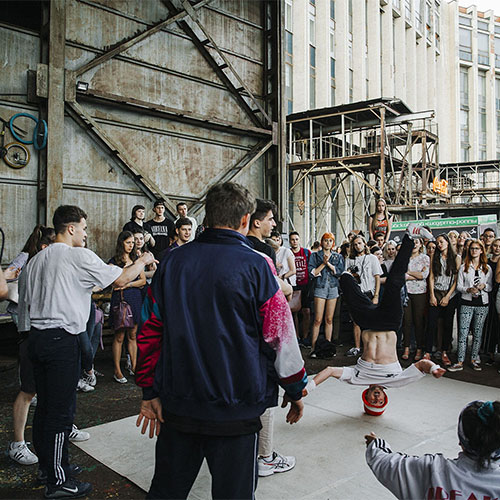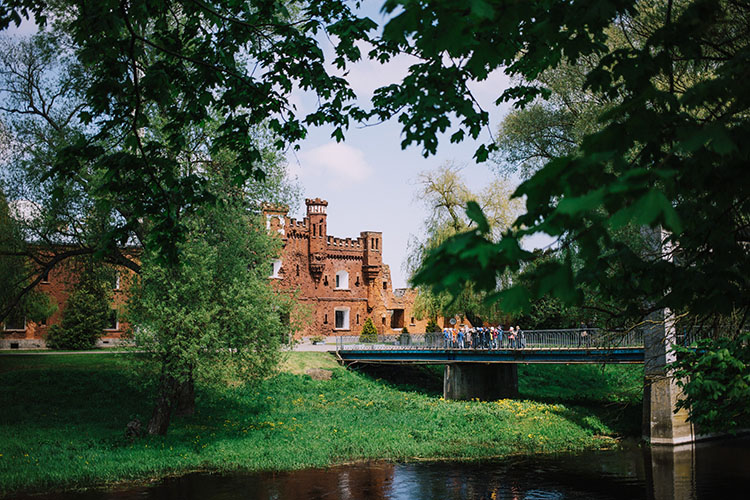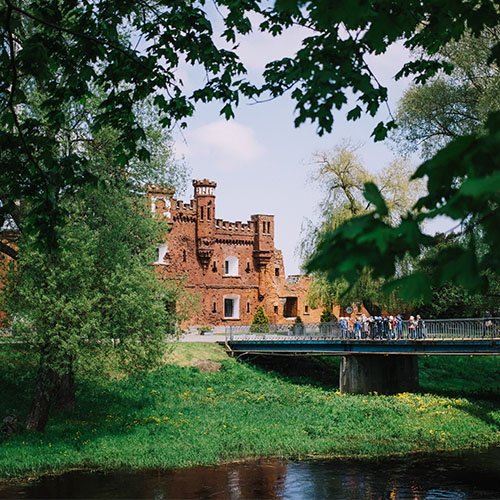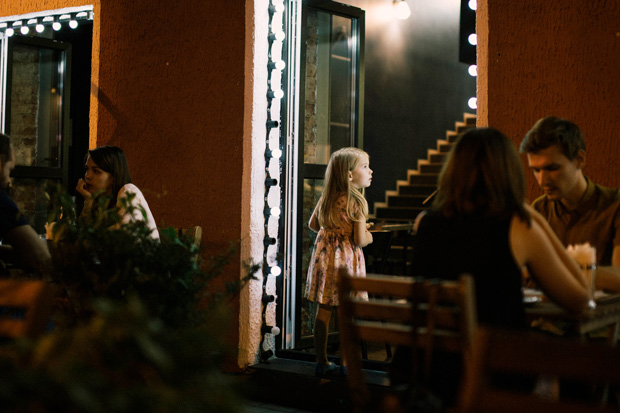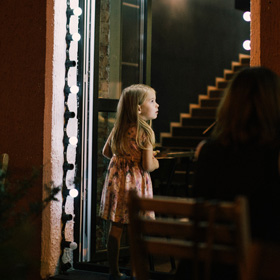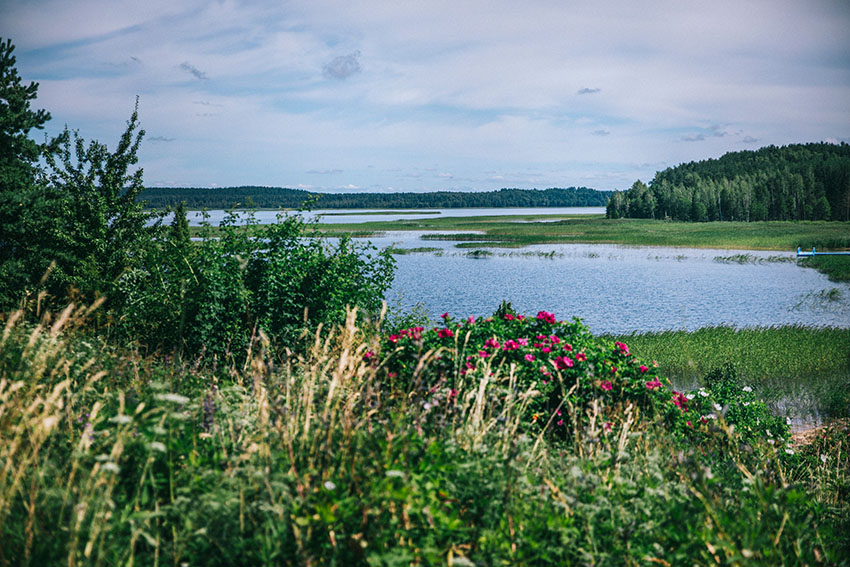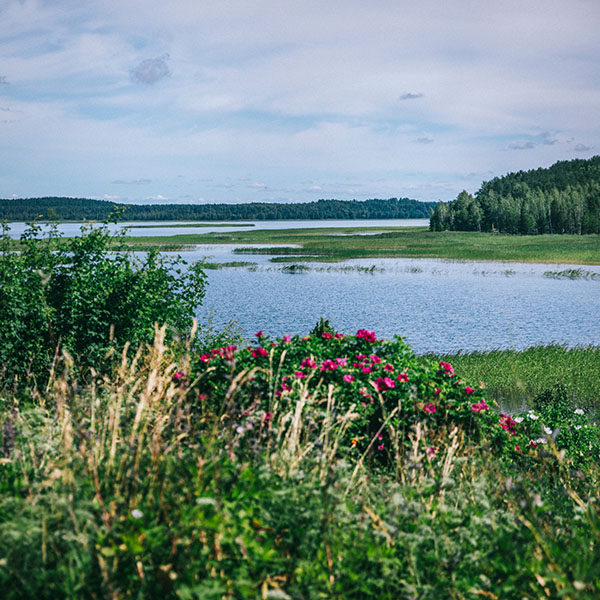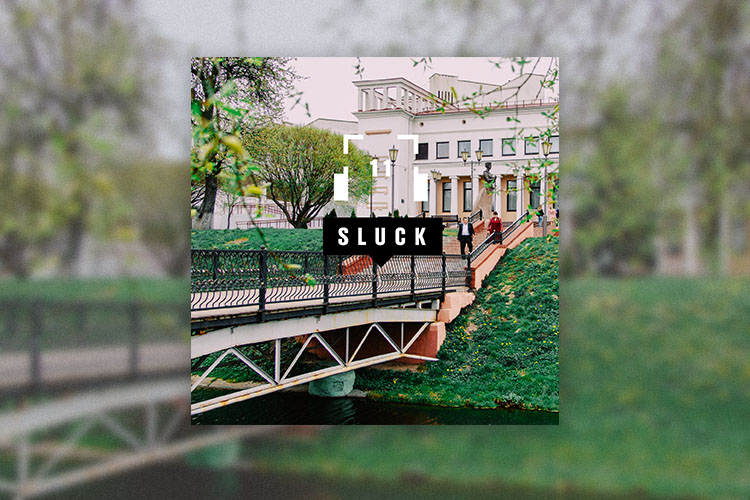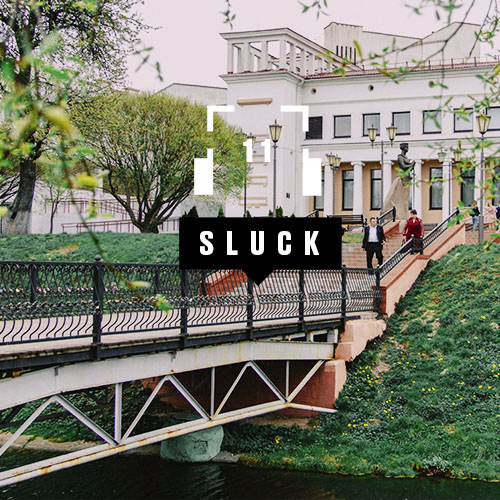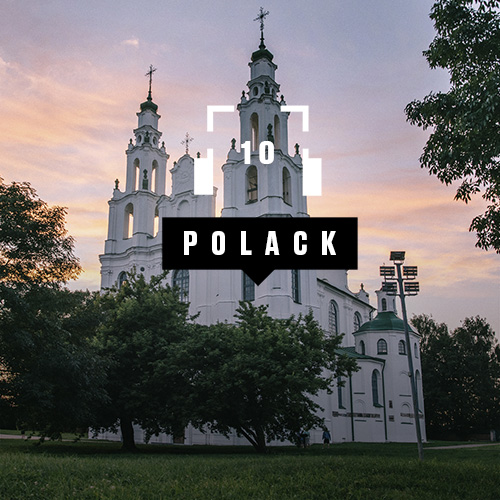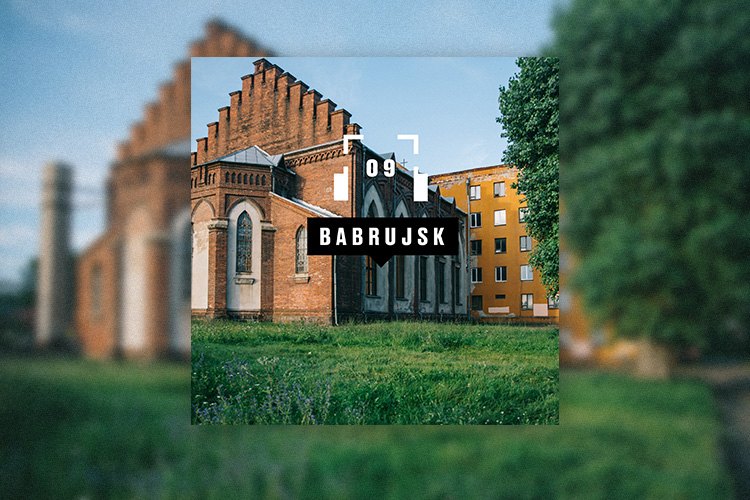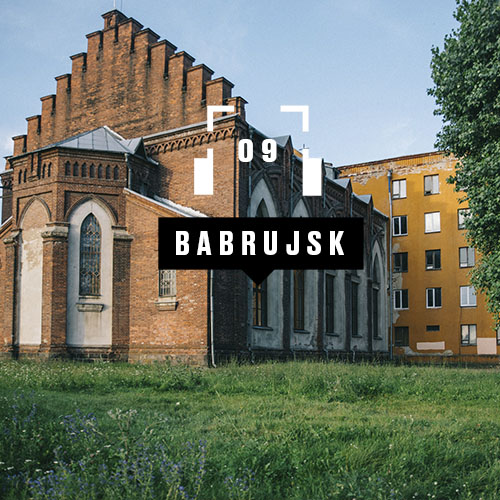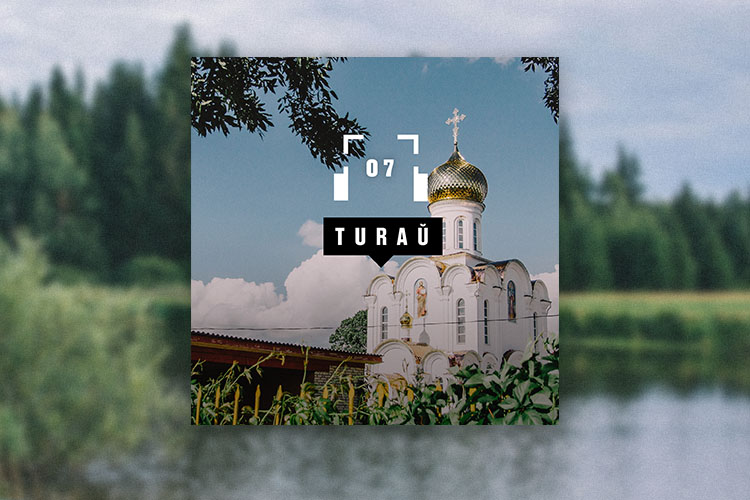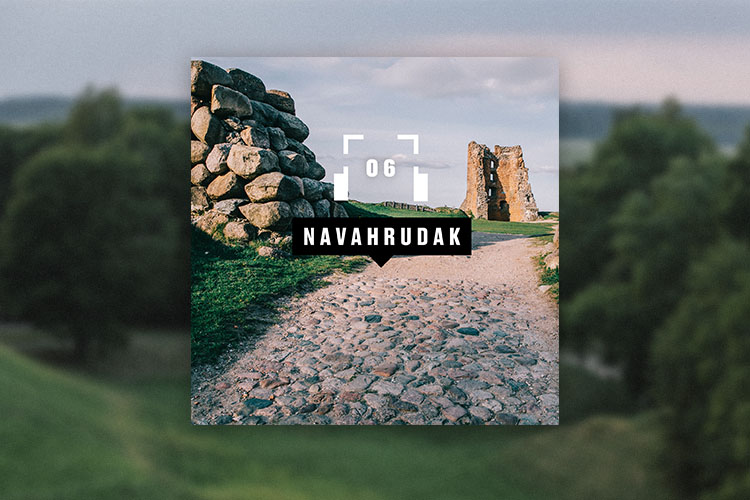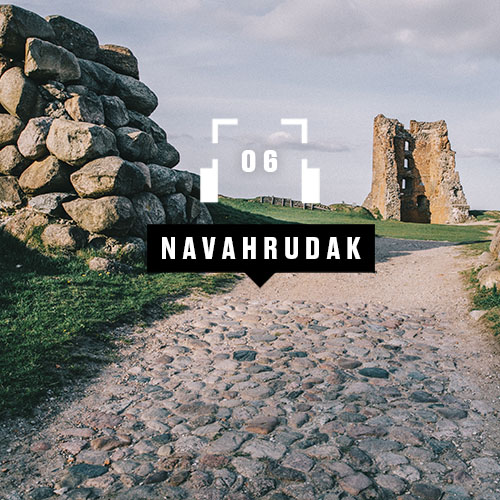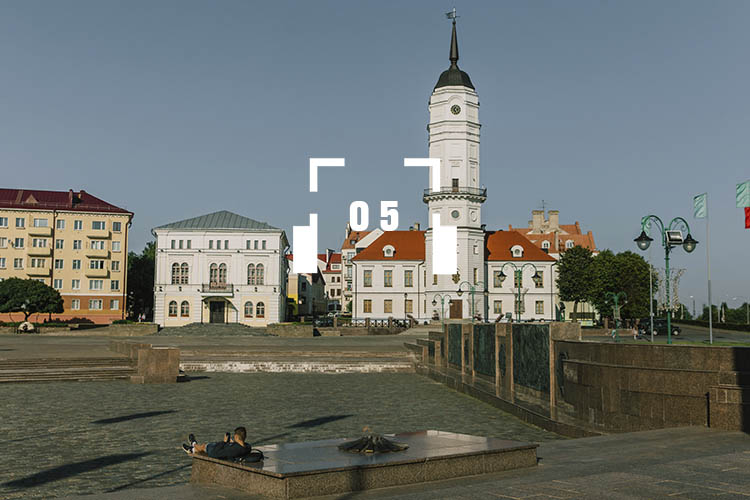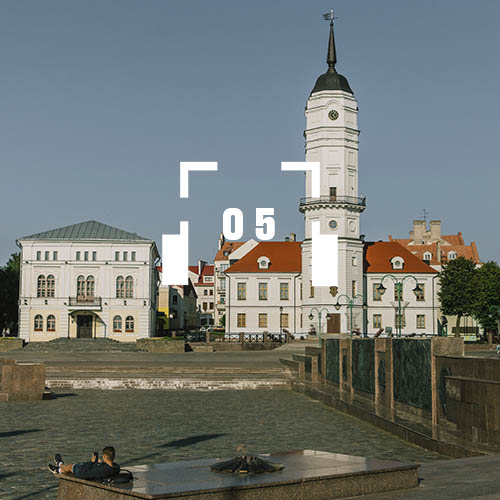 We surely have a curated collection of 34 Belarusian landmarks that we are proud of, but it could have been much bigger. Unfortunately, sometimes you may find yourself on a tour to imaginary Belarus: right here there was a really cool building, but it got demolished. Here is our list of Belarusian sights that we could have been proud of, if only they had existed.
We surely have a curated collection of 34 Belarusian landmarks that we are proud of, but it could have been much bigger. Unfortunately, sometimes you may find yourself on a tour to imaginary Belarus: right here there was a really cool building, but it got demolished. Here is our list of Belarusian sights that we could have been proud of, if only they had existed.
 Brest
Brest

The construction of the Catholic church of St. Sophia and the Monastery of Dominican in Brest began in 1628. The Dominican Order considered churches to be defensive fortifications, so this one wasn’t an exception. It was located behind the city wall and near the defensive tower. The construction was sponsored by an art patron Safija Laknickaja, who was a daughter of Reč Paspałitaja (The Polish-Lithuanian Commonwealth) king’s secretary. She decided to donate all her money to the construction of the church, but she asked to finish it before she died, so the church was built by 1647. Safija enjoyed it for 4 more years, and even ordered a gravestone made of the marble, that was used to decorate the interiors. Safija Pražmoŭskaja was another patron of the church. She used money and connections of her four dead husbands, so there appeared chapels and the Icon of Mother of God got decorated with silver. Interesting history and rich patrons didn´t prevent the church from being demolished in 1857.


Orthodox Church of St. Nicholas
The defensive church existed in Brest in the 14th-19th centuries. It was first mentioned in 1390, when the city of Brest was given Magdeburg rights, and in 1596 the Union of Brest, which determined religious life of Great Duchy of Lithuania, was signed here. The church were rebuilt a couple of times. Among the pictures that are preserved there is one with a building with triangular roof and two round towers. But after the Fortress of Brest was built in the 1840-50s, there was nothing of the church left.

 Viciebsk
Viciebsk

The wife of the King of Poland and the Grand Duke of Lithuania could have drowned on the day of Elijha (July 20), but didn’t. The Duke Kazimir was so grateful to fate that ordered to build six churches in honor of the Prophet Elijha on the banks of the rivers Zahodniaja Dźvina, Dniepr and Sož. They were built in 1447, and one of the churches appeared in Viciebsk. Nobody knows for how long it had existed, but it was mentioned in 1746 as an ancient wooden church built by the Zapołskija tradesmen. Number 1643 was written on the doors of the church, and that is why you can come across any of these three dates as the date of the church foundation. In 1904 the church was burnt by a stroke of lighting. It was reconstructed and destroyed again during the World War II (for good and all this time). Now you can see the church just on the paintings by Marc Chagall.


Viciebsk Grammar School for Boys
The school was a public school first; its new building was constructed in 1803. It was officially opened in 1809. There students learned rhetoric, logics, and esthetics; the school even had its own weather station. The oldest library in town was also situated in the school: it had 14 thousand books in 1887. During the wars the building transformed into a hospital, and in 1921 it was given to the pedagogical institute. The building was demolished in 1973 during the reconstruction of the street.

 Homiel
Homiel

The City Hall, the Church and the Fire Tower
Current Lenina Square in Homiel earlier was called the Market Square (Bazarnaja Plošča) and looked completely different. For example, there was the City hall: it appeared in 1825, and the construction was sponsored by Count Rumiancaŭ. After he had died, it became the property of military authorities. The wooden City hall didn’t live long: there appeared the building of town council, which is now the polygraphic factory. Another lost object of the square is the neoclassic church, which was also ruined in 1938. In 1913 the fire station with a tower was built on the square. The soviet flag was placed on that tower on November 26, 1943, when fascist troops were forced out of the city. The tower didn’t make it into the 21st century: it was demolished in order to build the Main Telecommunications Office.

 Hrodna
Hrodna

Catholic church of St. Mary (The Fara of Vitaŭt) was the first catholic church on this territories. At first a wooden church appeared. It was blessed in 1403 and quickly became a symbol of the city. The King Stefan Batoryj considered the church to be the most beautiful one, but regretted it was wooden. So it was rebuilt: it became a stone church of Renaissance style with some gothic features. The church survived in several fires, but didn’t survive the years of Soviet regime. In 1961 it was agreed to blow the church up.


The Radziwiłłs settled down not only in Niasviž, they also had a residency in Hrodna. It was a big palace complex which occupied a part of Town Hall Square (Ratušnaja Plošča). The complex was severely damaged during the WWII, and completely disappeared during postwar reconstruction of the square.

 Mahiliou
Mahiliou

The church looked a bit futuristic. It was built in 1780 in honor of the Russian Empress Ekaterina II and the Austrian Emperor Joseph II meeting in Mahilioŭ. Both monarchs laid the corner stone of the church. The legend reads that at that moment the Empress’ pearl necklace broke and she wished the church to be as beautiful as the pearls. After the revolution, it was transformed into the Museum of Religion and Atheism. In1938 the church was blown up, and even the Empress’ pearls didn’t manage to save it. A hotel for members of the government was built on the same place.


Catholic Church of St. Francis Ksaver and the Monastery of Jesuits
The Jesuits residency was founded in Mahilioŭ in 1678, and the construction of the baroque Church of St. Francis and the college began a couple of years later. Right here there was a pharmacy, and in 1780 it became a museum and a library of 5000 books. In 1820 the Society of Jesus didn’t exist anymore and the authorities turned the college into a military school. The church was ruined after the WWII. Now the building of the Mahilioŭ Museum of Ethnography stands on the church’s foundation, and one of its walls is still the authentic one from the 18th century.

 Minsk
Minsk

Orthodox Church of the Holy Mother of Kazan
This church appeared in 1914 near the railway station. It was built in popular in those times neo-byzantinesque style and by means of railroad workers donations. By a weird coincidence, after the revolution there was opened the Railroad Workers’ Club. In 1936 the church was blown up and the empty place was named Miasnikova Square.


At the end of 19th century Karol Hutten- Čapski decided to build the power plant and create the system of city lighting in Minsk. The building was an example of Neo-Gothic industrial architecture and a symbol of urban development. The plant had existed for 118 years, before it was decided to build a hotel on its territory. It was demolished in 2011.

Text by Maria Gulina, translated by Alexandra Murashko
